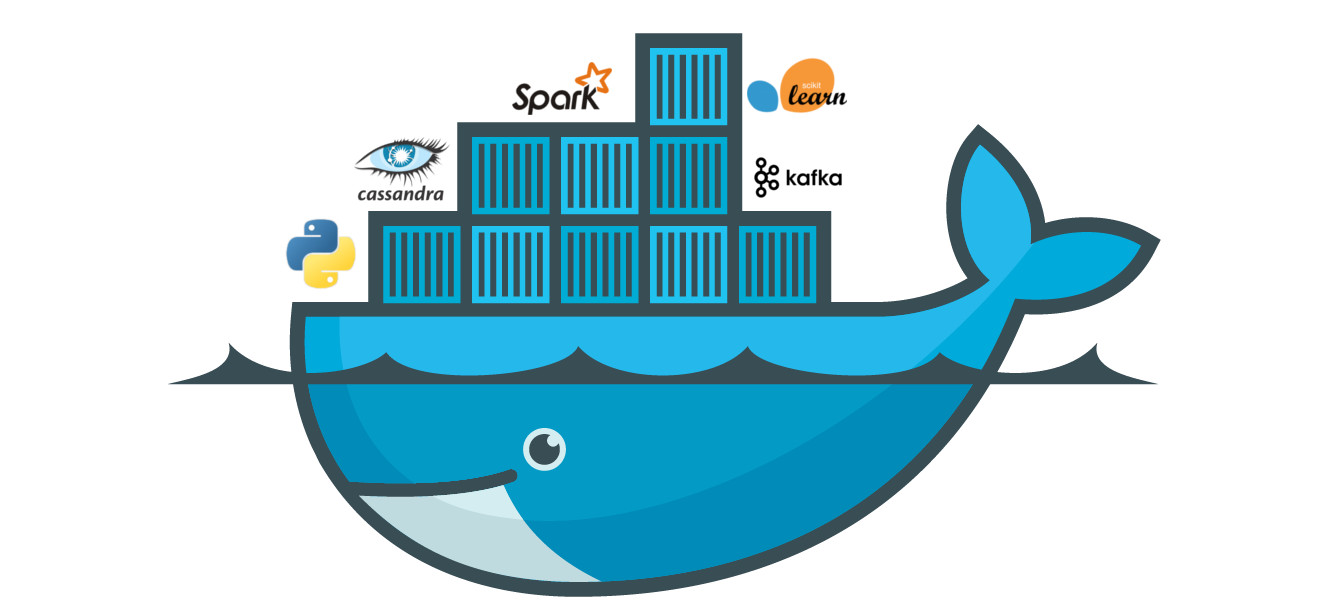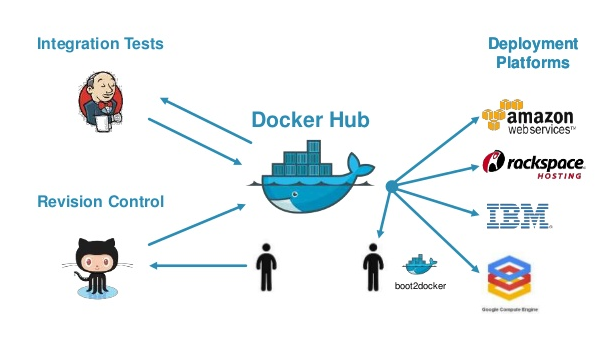A Beginner's Guide to Docker: Understanding Containers
Introduction
If you’ve been around software development recently, you've probably heard the term Docker. It's one of the most popular containerization platforms, making it easier to develop, ship, and run applications consistently across different environments. But what exactly is Docker? And why should you, as a developer or system administrator, care about it? This guide will help you understand the basics of Docker, its core concepts, and how to get started.
What is Docker?
Docker is an open-source platform that enables developers to automate the deployment of applications inside lightweight, portable containers. Containers are like virtual machines but more efficient and lightweight, allowing developers to bundle an application with all its dependencies into a single package.

In simple terms, Docker allows you to package your code, libraries, settings, and environment configurations into containers. These containers run consistently regardless of where they are executed—whether on your local machine, in a testing environment, or on a production server.
Why Use Docker?
Docker is popular for many reasons, especially in the context of modern software development and DevOps. Here are a few reasons why developers and teams love Docker:
-
Portability: Write code once, run it anywhere. Whether on a developer’s local machine or in the cloud, Docker containers ensure that applications run in the same way, eliminating the "it works on my machine" issue.
-
Isolation: Each Docker container is isolated, meaning one container doesn't interfere with another. This is great for microservices architectures or running multiple applications on the same host.
-
Scalability: Containers are lightweight and can be easily scaled up or down to match demand, making them ideal for applications that need to handle variable loads.
-
Speed: Containers are faster to start than traditional virtual machines, making them great for development, continuous integration, and testing.
-
Consistency: Docker ensures that applications behave the same, whether you're in development, staging, or production, thanks to its isolated environments.
Key Concepts
To effectively use Docker, there are a few key concepts you should understand.
1. Images
A Docker image is a lightweight, standalone package that includes everything needed to run a piece of software, including the code, runtime, libraries, and system tools. Think of an image as a snapshot of an application’s environment.
Images are the basis for containers, and you can pull existing images from Docker Hub or create your own.
2. Containers
A Docker container is a runnable instance of an image. Containers are lightweight and run isolated from each other. They provide a consistent environment across different systems, making your applications more portable and easier to manage.
You can start, stop, and manage containers using simple Docker commands. For example:
docker run hello-world
This command pulls an image called hello-world from Docker Hub and runs it in a container.
3. Dockerfile
A Dockerfile is a simple text file containing instructions for creating a Docker image. You define your environment, dependencies, and any specific instructions your application needs to run. When you build the Dockerfile, it creates an image that can be shared or used to run containers.
Example Dockerfile:
# Use an official Node.js runtime as a parent image
FROM node:14
# Set the working directory
WORKDIR /usr/src/app
# Copy the local files to the container
COPY . .
# Install dependencies RUN npm install # Start the application CMD ["node", "app.js"]
Conclusion
Docker is a powerful tool for developers and system administrators, simplifying the way we build, ship, and run applications. By mastering Docker, you'll gain the ability to create consistent, portable, and scalable applications with ease.
Whether you’re working on a personal project or contributing to a larger DevOps pipeline, Docker will significantly streamline your workflow. Start experimenting today by creating containers, building images, and deploying applications with Docker!
Popular posts

Web Development
A Beginner's Guide to Docker: Understanding Containers


